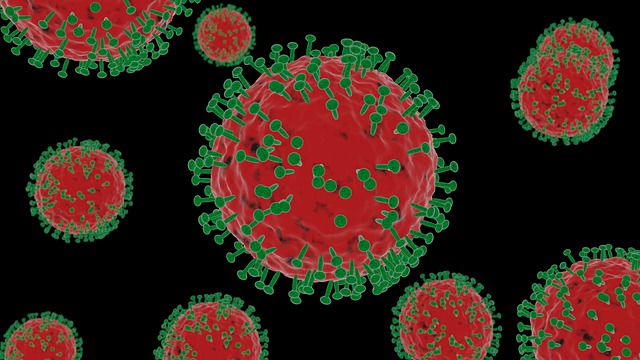Key points What is the effect of initial non-invasive respiratory strategies using continuous positive airway pressure (CPAP) or high-flow nasal oxygen (HFNO), compared with an initial conventional oxygen therapy strategy, on the risk of tracheal intubation or mortality among adults hospitalized with acute hypoxemic respiratory failure due to COVID-19? Findings In this randomized clinical trial of 1,273 patients, the primary composite outcome of tracheal intubation or mortality within 30 days occurred in 36% of patients in the CPAP group compared with 44% in the conventional oxygen therapy group, a difference that was statistically significant, occurring in 44% in the HFNO group compared to 45% in the conventional oxygen therapy group, a difference that was not significantly different. Meaning Among patients with acute hypoxemic respiratory failure and COVID-19, a CPAP-initial strategy significantly reduced the risk of tracheal intubation or mortality compared with conventional oxygen therapy, but there was no significant difference between a HFNO-initial strategy compared with conventional oxygen therapy. |
Importance
Continuous positive airway pressure (CPAP) and high-flow nasal oxygen (HFNO) have been recommended for acute hypoxemic respiratory failure in patients with COVID-19. There is uncertainty regarding the effectiveness and safety of these non-invasive respiratory strategies.
Aim
To determine whether CPAP or HFNO, compared to conventional oxygen therapy, improves clinical outcomes in patients hospitalized with acute hypoxemic respiratory failure related to COVID-19.
Design, environment and participants
A randomized, adaptive, parallel-group clinical trial of 1273 adults hospitalized with acute hypoxemic respiratory failure related to COVID-19.
The trial was carried out between April 6, 2020 and May 3, 2021 in 48 acute care hospitals in the United Kingdom and Jersey. Final follow-up occurred on June 20, 2021.
Interventions
Adult patients were randomly assigned to receive CPAP (n = 380), HFNO (n = 418), or conventional oxygen therapy (n = 475).
Main results and measures
The primary outcome was a composite of tracheal intubation or mortality within 30 days.
Results
The trial was stopped prematurely due to the declining number of COVID-19 cases in the UK and the end of the funded recruitment period.
Of the 1273 patients randomized (mean age, 57.4 [95% CI, 56.7 to 58.1] years; 66% men; 65% white), primary outcome data were available for 1260. Crossover between interventions occurred in 17.1% of participants (15.3% in the CPAP group, 11.5% in the HFNO group, and 23.6% in the conventional oxygen therapy group).
The need for tracheal intubation or mortality within 30 days was significantly lower with CPAP (36.3%; 137 of 377 participants) versus conventional oxygen therapy (44.4%; 158 of 356 participants) (absolute difference, −8 % [95% CI, − 15% to −1%], P = 0.03), but was not significantly different with HFNO (44.3%; 184 of 415 participants) versus conventional oxygen therapy (45.1% ; 166 of 368 participants) (absolute difference, −1% [95% CI, −8% to 6%], p = 0.83).
Adverse events occurred in 34.2% (130/380) of participants in the CPAP group, 20.6% (86/418) in the HFNO group, and 13.9% (66/475) in the CPAP group. in the conventional oxygen therapy group.
Conclusions and relevance
Among patients with acute hypoxemic respiratory failure due to COVID-19, a CPAP-initial strategy significantly reduced the risk of tracheal intubation or mortality compared to conventional oxygen therapy, but there was no significant difference between a HFNO-initial strategy compared to conventional oxygen therapy.
The study may have been underpowered for comparison of HFNO versus conventional oxygen therapy, and early termination of the study and crossover between groups should be considered when interpreting the findings.
















